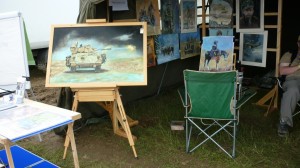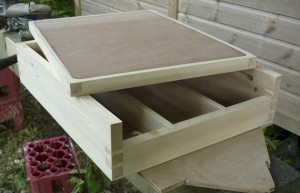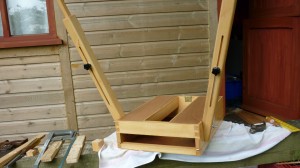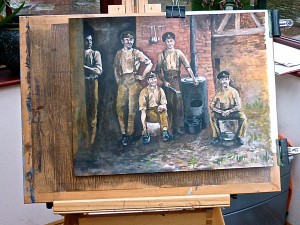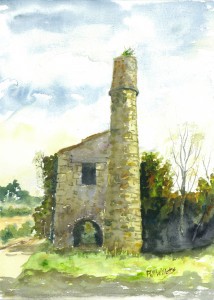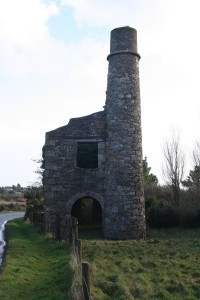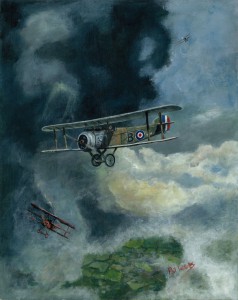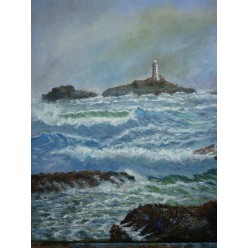I have just finished a pencil drawing of Mark Harmon, who plays Leroy Jethro Gibbs in the TV series of NCIS, one thing that the character Gibbs tell his fellow investigators is to always carry a knife, this is a good piece of advice for the artist as the only way to sharpen a pence with a long carbon point is by using a very sharp knife.
I used monolith cretacolor graphite sticks 9HB4B and HB it is the first time I have used them and I like the blackness of 9B it is nearly as intense as charcoal. Usually graphite produces a shinny effect particularly the 8B and 9B but these graphite sticks do not or should I say there is a shine but nothing like the shine of other graphite pencils. I also used paper stumps for the blending they give more control than an artists fingers and there is not any grease left on the paper as there always is with fingers. I also used a putty rubber for lifting some of the highlights and for really small highlights I used a monozero elastomer eraser and I also used the Staples retractable eraser I think this is my favourite eraser and it is probable one of the cheapest.
The paper I used was medium surface cartridge from Windsor & Newton the medium grain heavy weight, this is good paper but for pencil work I prefer the smooth grain paper.
I am reasonable pleased with the finished drawing I got the photo from the web and as you can see it is an old photo of him probable in his mid to lat 50’s as Mark Harmon was born in 1951 which makes him 64 years old now.


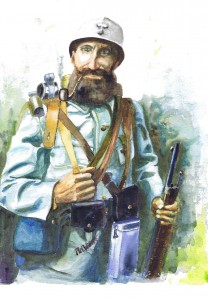 So I set about in March to paint 3 Acrylics from photographs I had gathered over the last 12 months or so. As with any new series things change and I ended up with my first painting in water colour, not acrylic of a French Soldier dressed in the battle dress of that time blue. The reason for the deviation was the stumbling upon a WW1 photo of this French soldier. I could not resist the temptation and went about painting the allied soldier.
So I set about in March to paint 3 Acrylics from photographs I had gathered over the last 12 months or so. As with any new series things change and I ended up with my first painting in water colour, not acrylic of a French Soldier dressed in the battle dress of that time blue. The reason for the deviation was the stumbling upon a WW1 photo of this French soldier. I could not resist the temptation and went about painting the allied soldier.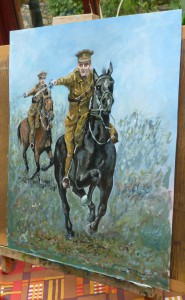
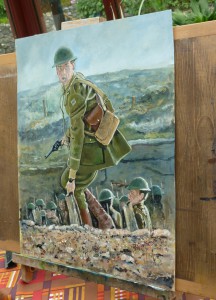
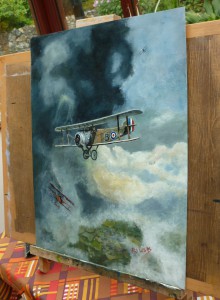 to make my goal of 3 paintings in the medium of acrylic, but what to paint? An aviation painting came to mind after watching a documentary on WW1 planes, something which I have only painted twice before and surprise to me both painting sold very easily.
to make my goal of 3 paintings in the medium of acrylic, but what to paint? An aviation painting came to mind after watching a documentary on WW1 planes, something which I have only painted twice before and surprise to me both painting sold very easily. 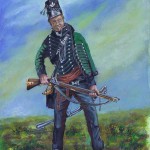 Job done 3 x Acrylics and 1 x Water colour painted with in the period of around 8 weeks. However after my success of painting a number of presentation piece of a
Job done 3 x Acrylics and 1 x Water colour painted with in the period of around 8 weeks. However after my success of painting a number of presentation piece of a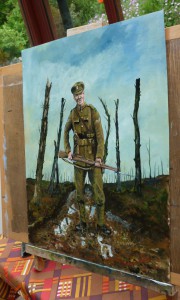 I hope you like the series and as always please please contact me your thoughts on anything you have see here today. Thanks for taking the time to read this blog, you never know I might decide later to paint a German soldier on the Western Front. Don’t be shy if you have a idea for a great painting to mark the 100 years of the Great War then
I hope you like the series and as always please please contact me your thoughts on anything you have see here today. Thanks for taking the time to read this blog, you never know I might decide later to paint a German soldier on the Western Front. Don’t be shy if you have a idea for a great painting to mark the 100 years of the Great War then 